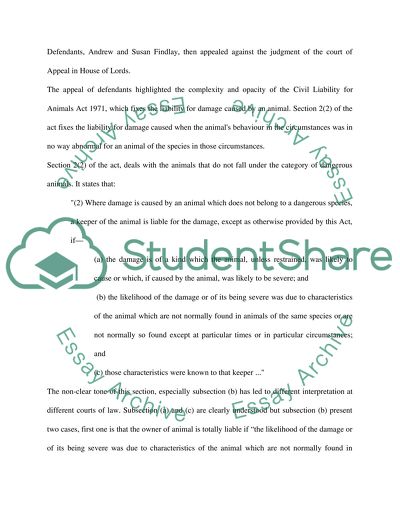Cite this document
(“Legal Environment Case Study Example | Topics and Well Written Essays - 1500 words”, n.d.)
Legal Environment Case Study Example | Topics and Well Written Essays - 1500 words. Retrieved from https://studentshare.org/law/1509088-legal-environment-case-study
Legal Environment Case Study Example | Topics and Well Written Essays - 1500 words. Retrieved from https://studentshare.org/law/1509088-legal-environment-case-study
(Legal Environment Case Study Example | Topics and Well Written Essays - 1500 Words)
Legal Environment Case Study Example | Topics and Well Written Essays - 1500 Words. https://studentshare.org/law/1509088-legal-environment-case-study.
Legal Environment Case Study Example | Topics and Well Written Essays - 1500 Words. https://studentshare.org/law/1509088-legal-environment-case-study.
“Legal Environment Case Study Example | Topics and Well Written Essays - 1500 Words”, n.d. https://studentshare.org/law/1509088-legal-environment-case-study.


